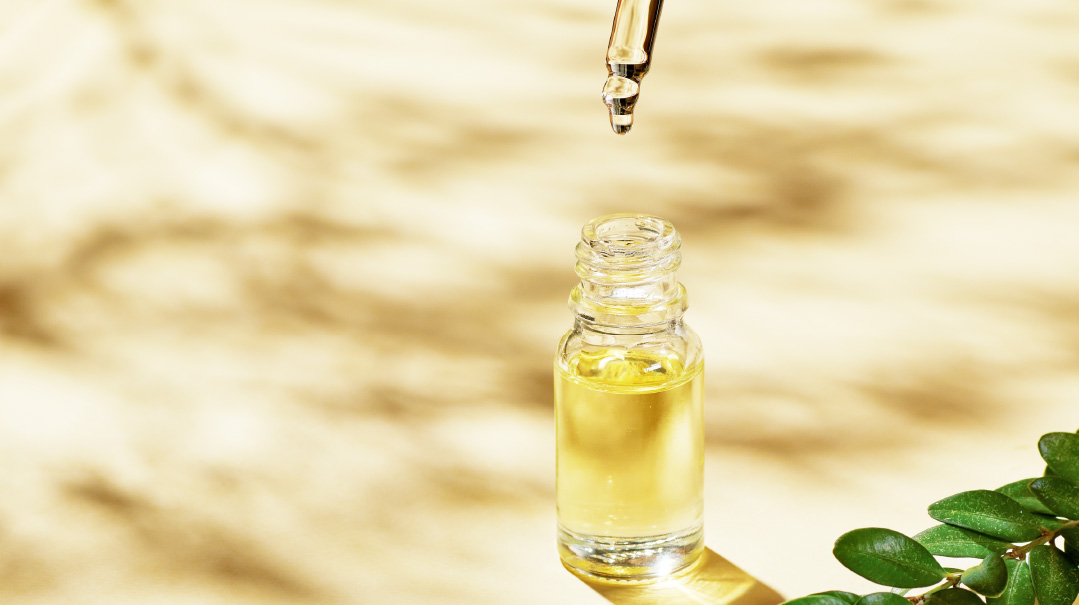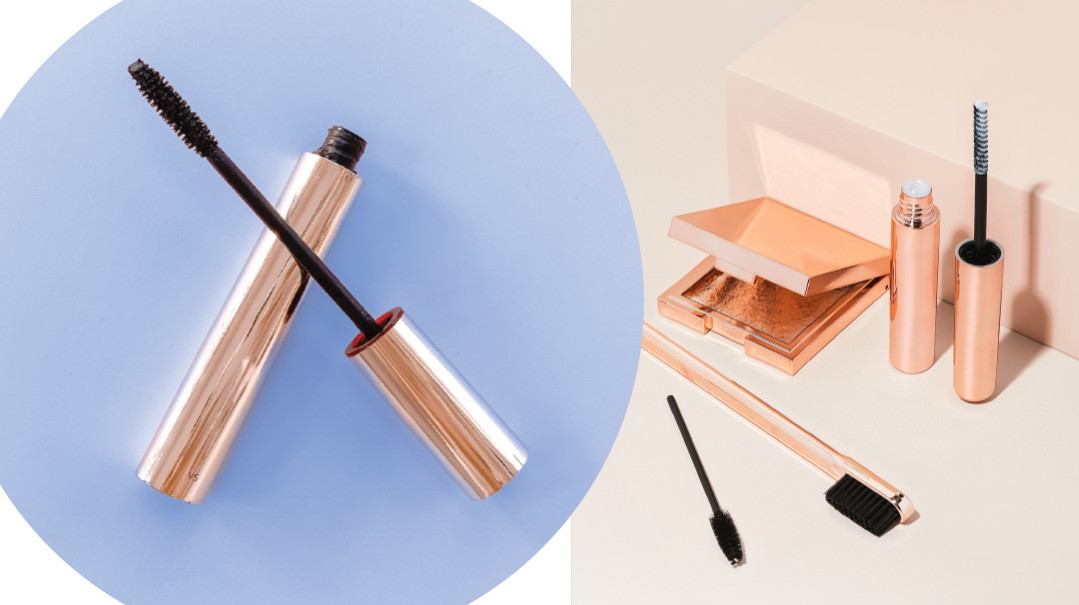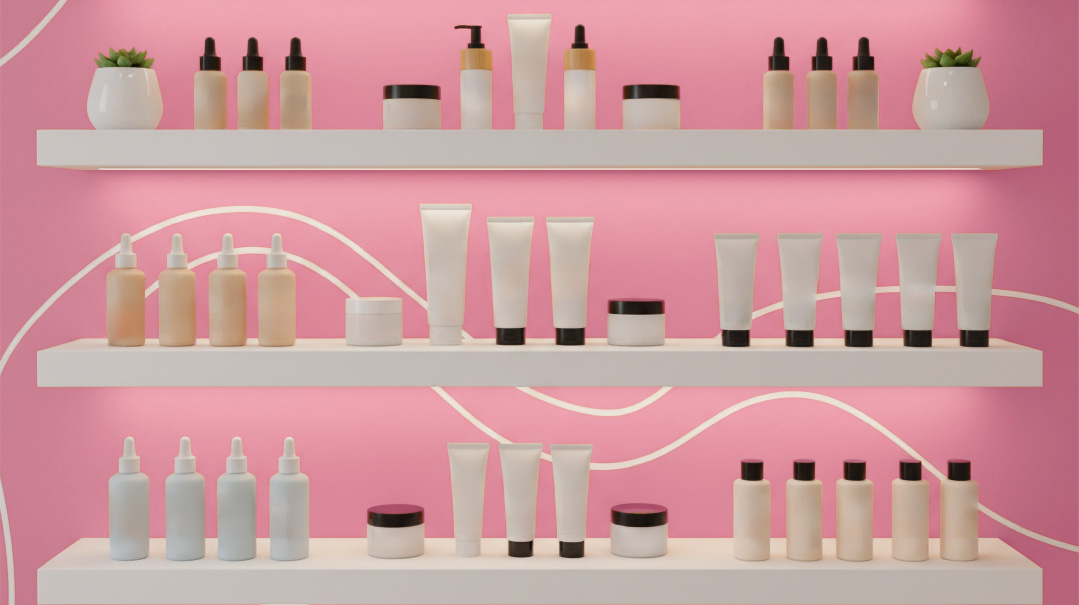Face It: Smooth Out Your Wrinkles

It pays to start earlier than later with the magical near-cure-all of the skincare velt, retinol

Sometimes, when I meet someone new, it comes up that I write about skincare.
“Oh,” they blithely dismiss my recommendations, “I can’t be bothered to patchke with that sort of thing.”
But these same individuals will summon me, in a panic, once their skin begins to wrinkle. “What do I do? What do I do?!”
Yes, some of us are blessed with genetics so our skin stays youthful for longer. But the wrinkles are coming for you. It’s just a matter of when. So it’s simpler to prevent signs of aging skin in the first place rather than trying to correct it retroactively.
Daily sunscreen goes a long way in kicking that wrinkly can down the road, but if you want to kick it even further, then it pays to start earlier than later with the magical near-cure-all of the skincare velt, retinol.
How does it work?
Retinols, which are vitamin A-based, have been around for over 50 years. In 1971, the FDA approved tretinoin for acne, but then, its anti-aging properties were discovered. There are many forms of retinols (like retinyl palmitate, which is very weak) on the market, while retinoids tend to be by prescription only. Warning: Pregnant and nursing women should not use retinol-based products.
As we get older (and that means beginning at age 20), we start losing collagen in the skin. Less collagen means more signs of aging. Retinols burrow deep into skin, passing through the skin layers, from the top epidermis down to the lower dermis. There, they stimulate collagen production and cell turnover. Skin layers gradually move upward toward the surface; the older, top skin cells eventually shed, and the lower layers take their place. So as the dermis moves up to the epidermis, those lower layers bring along the stimulated collagen to the surface, reducing signs of aging. Skin looks smoother and more even.
But this process doesn’t only mean fewer wrinkles.
What else can it do?
Large pores, for instance, cannot be shrunk. They can, however, appear to have shrunk. Clogged pores look large. The increased cell turnover from retinol removes dead skin cells from clogged pores, making them less noticeable.
This same cell turnover can assist with pigmentation, like existing signs of photoaging and dark marks. Additionally, retinol can prevent the melanin enzyme from forming, which means less new pigmentation.
Keep in mind that retinol was initially invented as an acne treatment, meaning parent and teenager can both benefit (and can even use the same product!). Cell turnover unclogs pores from sebum, dead skin cells, and bacteria. Retinol regulates oil production and reduces inflammation and the appearance of acne marks. It also tackles sebaceous filaments, blackheads, and whiteheads. Initial retinol use on acne might make skin look worse before it gets better, but again: patience and consistency.
Which retinol do I need?
Percentage on over-the-counter labels should be ignored because there is no one consistent retinol formulation used in regular products, so percentages do not signify strength. Prescription retinoids, however, do have consistent percentages.
Don’t run before you can walk. Skin usually requires time to adjust to retinol, and it will also take a few months to start seeing results. So start with a low, over-the-counter concentration, like Roc Retinol Correxion Deep Wrinkle Night Cream or Serum, and be consistent. Try applying it only twice a week at first, and if there is a violent reaction, wait until skin calms down before trying again.
Don’t apply right after cleansing. Allow skin to air dry for a few minutes, because it won’t work correctly on wet or damp skin. Before application, also have a basic moisturizer like Cetaphil Moisturizing Lotion or Cream on hand (that’s what my dermatologist recommended). Apply it first, then the retinol on top. Then, if skin seems okay, apply retinol directly, then moisturizer on top. Areas to avoid: Do not apply retinol to the lips, and only to the eye area after first applying a thick moisturizer. The skin is thinner in these areas and requires caution.
Once skin has appeared to acclimate, shoot for a stronger product, like Differin Adapalene 0.1% Acne Treatment (even though it says “acne,” it’s also excellent on wrinkles). If that has been conquered, your friendly neighborhood dermatologist can be consulted for the magnificent prescription-strength retinoid. Even the prescription strength has various formulations and concentration levels, so keep that dermatologist’s number if you want to go stronger.
Sensitive skin requires other ingredients in the product like ceramides, niacinamides, and with the term “encapsulated retinol” on label. The retinol will be slow-release and so less irritating. Try Cerave Skin Renewing Retinol Serum.
Retinol should only be applied at night, as sunlight can degrade it, so a sunscreen+retinol combo is a waste of money. Since retinol can make skin sensitive, once again, that annoying daily sunscreen is a must.
(Originally featured in Family First, Issue 941)
Oops! We could not locate your form.







